Over the past year, significant shifts in the art market due to the pandemic have made the internet the primary space to exhibit, promote and sell contemporary art. These shifts have led to a proliferation of online information to navigate via Instagram, new digital platforms and Online Viewing Rooms (OVRs) – has also democratised access and delivered a long-overdue increase in pricing transparency. A new challenge, especially facing young collectors, is understanding how images and artworks translate online, requiring a more nuanced reflection and analysis. We spoke with six international art advisors for some advice.
Analysing gaps and grey zones in the art market is a request that art advisors are frequently called upon to deliver – usually outside of the press spotlight. We spoke to six art advisors, working globally in both primary and secondary markets in UK, Europe, North America, Asia and Africa, to reflect on the impact of this information overload on their work, collecting practices and audience engagement.
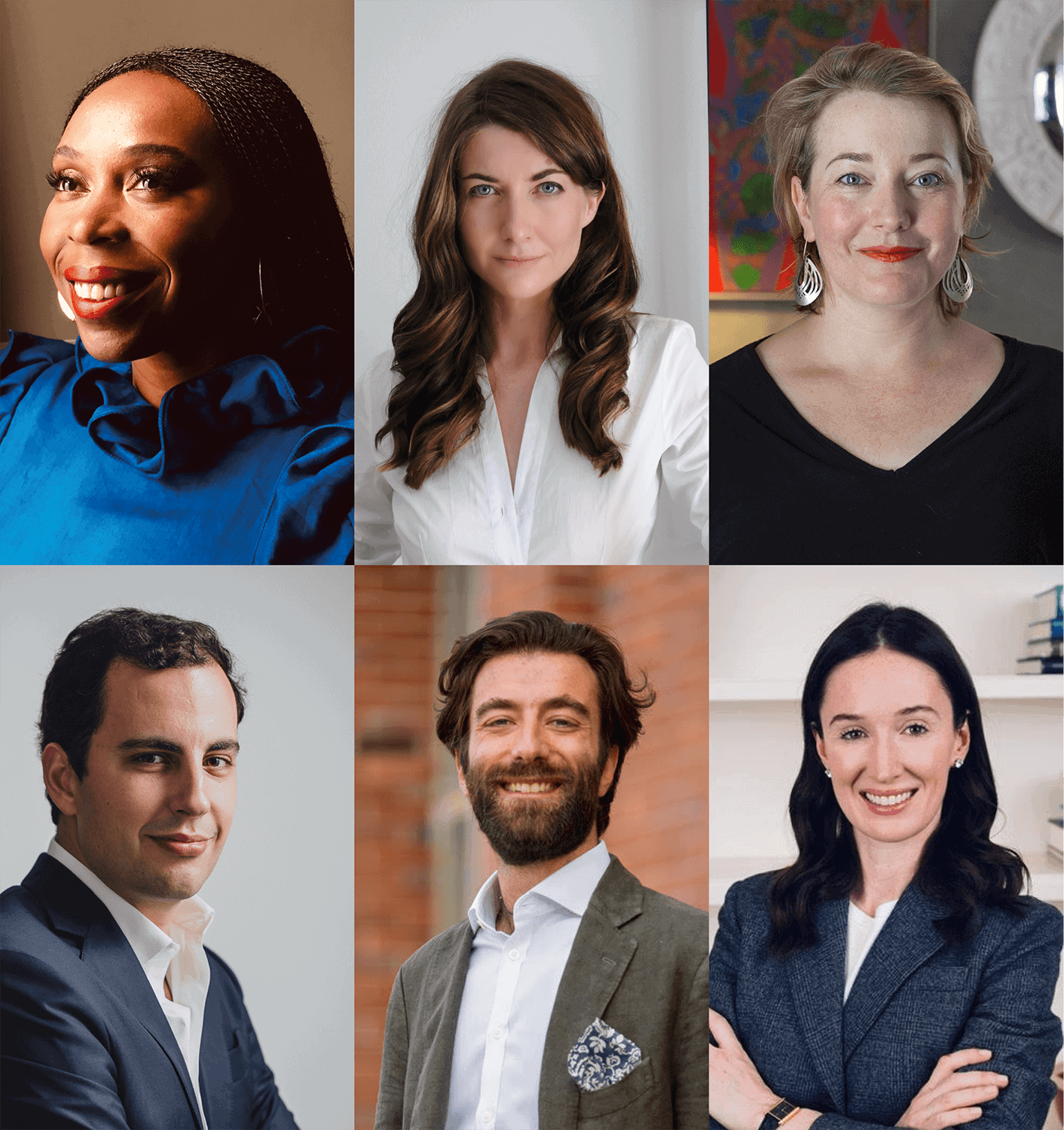
LEFT TO RIGHT, FIRST ROW: Ugoma Adegoke, Kimberley Cunningham and Phillippa Duncan. SECOND ROW: Alexandre Errera, Mattia Pozzoni and Janna Lang.
Ugoma Adegoke is a Lagos based advisor with a vital leadership role in developing new collectors for contemporary art in the Nigerian capital and collectors based in the UK, USA, South Africa, Ghana.
Kimberley Cunnigham is an advisor who recently launched her practice in Johannesburg and Cape Town after six years of working as a dealer with Gagosian and Goodman Gallery and is focused on the primary market and African contemporary art in particular.
Phillippa Duncan is a Cape Town-based advisor with 18 years of experience in the auction market with an independent advisory serving a global client base and focusing on modern and contemporary African art.
Alexandre Errera is a Hong Kong-based advisor who established his consultancy in 2012. When the Asian art market began growing, clients in Greater China and Japan started with contemporary Chinese art but have evolved into collecting Western blue-chip artists and investment works.
Janna Lang is a Canadian born advisor with over a decade of experience working with museums currently based between London and New York and working with collectors in North America and Europe. Lang’s practice prioritises institutional engagement and established artists in the primary and secondary market.
Mattia Pozzoni divides his time between London and Milan. Over the past six years, he has developed a practice around museums and universities, with an increasing focus on contemporary art and investment. Pozzoni has a broad-based international clientele.
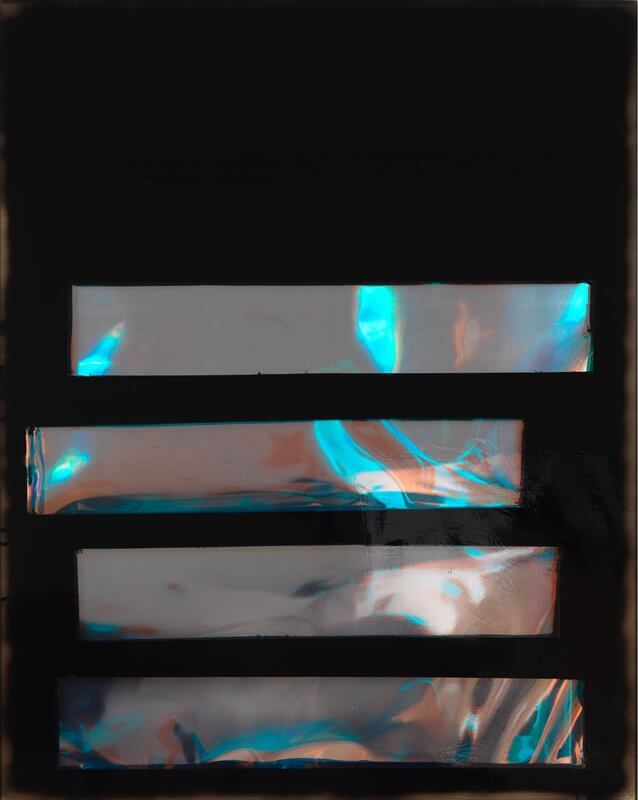
Tariku Shiferaw, Mad (Solange), 2019. Spray paint, iridescent film, mylar, vinyl, 152 x 122cm. Courtesy of the artist and Addis Fine Art. Artist selected by Kimberley Cunningham from Cunningham Contemporary.
When the pandemic physically restricted the viewing of art in person, this brought bout a new challenge. Generally, one or both of the following criteria are adhered to when selling art; the buyer has personal knowledge and experience of the work; has an image of the work, and has a trustworthy relationship with the seller.
We were interested in finding out how the increase in transparency and increased access to information impacted the need for expert advice – as well as their thoughts and ideas around audience engagement in the “new normal”, nature of artwork being bought and sold, and new challenges and opportunities in this expanded environment.
…an advisor is positioned as a conduit, providing key access to works through gallery relationships and also deciphering the increased digital noise into a more focused collecting strategy.
Pandemic: A boon for advisors?
Surprisingly yes! Overwhelmingly our interviewees reported an uptick in collectors seeking their services and more expansive engagement.
According to Kimberley Cunningham, “with lockdown limitations, an advisor is positioned as a conduit, providing key access to works through gallery relationships and also deciphering the increased digital noise into a more focused collecting strategy.”
As Janna Lang puts it: “They want to make good decisions and learn and, there is a lot of misinformation out there. I help them journey and explore but with detailed and informed research.”
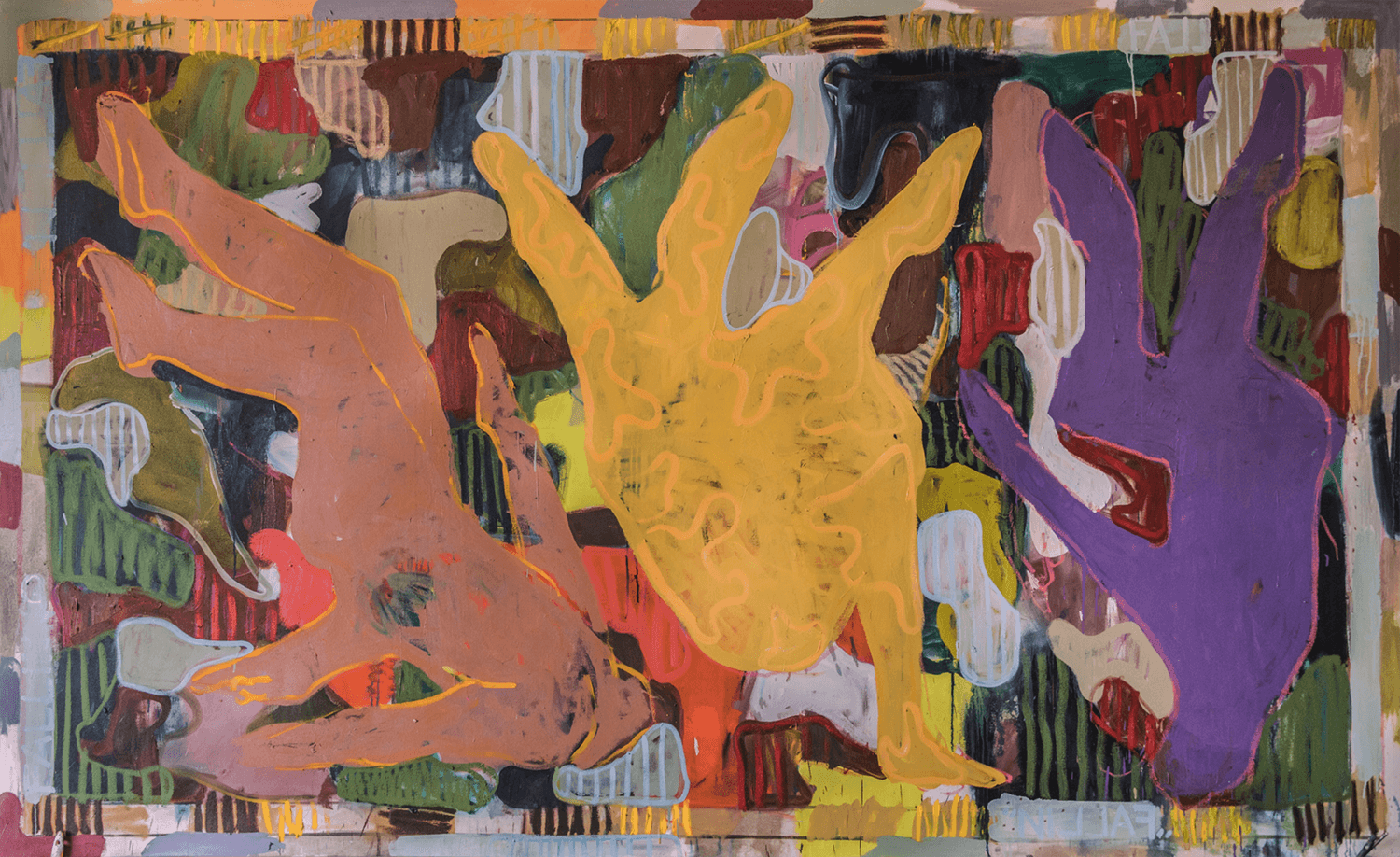
Gresham Tapiwa Nyaude, Priceless and Weightless, 2018. Oil on canvas, 210 x 300cm. Artist selected by Phillipa Duncan Art Consultancy.
Is there a new generation of collectors emerging who are looking for advice?
Despite the expectation that new younger collectors are comfortable acquiring art based on viewing and transacting on digital platforms, this is not entirely true.
Ugoma Agedoke notes that “the collectors who have emerged are younger and from more diverse and typically non-collecting orientations.”
Kimberley Cunningham also adds that: “Many new collectors are seeking advice regarding market analysis around emerging artists, as well as their potential career development. Platforms like Instagram and Artsy can often get new collectors excited about emerging artists’ growing online popularity. An artist’s technical proficiency and their potential positioning in the market is something I am frequently asked about.”
The shift to online has increased the visibility of emerging artists. Mattia Pozzoni responds to this, stating, “The biggest shift for me has been the increase in deals with primary galleries; in a year during which art fairs were limited to the “infamous” OVRs, advisors have represented an invaluable occasion for galleries to start working with new clients. These conversations primarily involved emerging artists, so researching the market is proving to be ever so crucial for the role.”
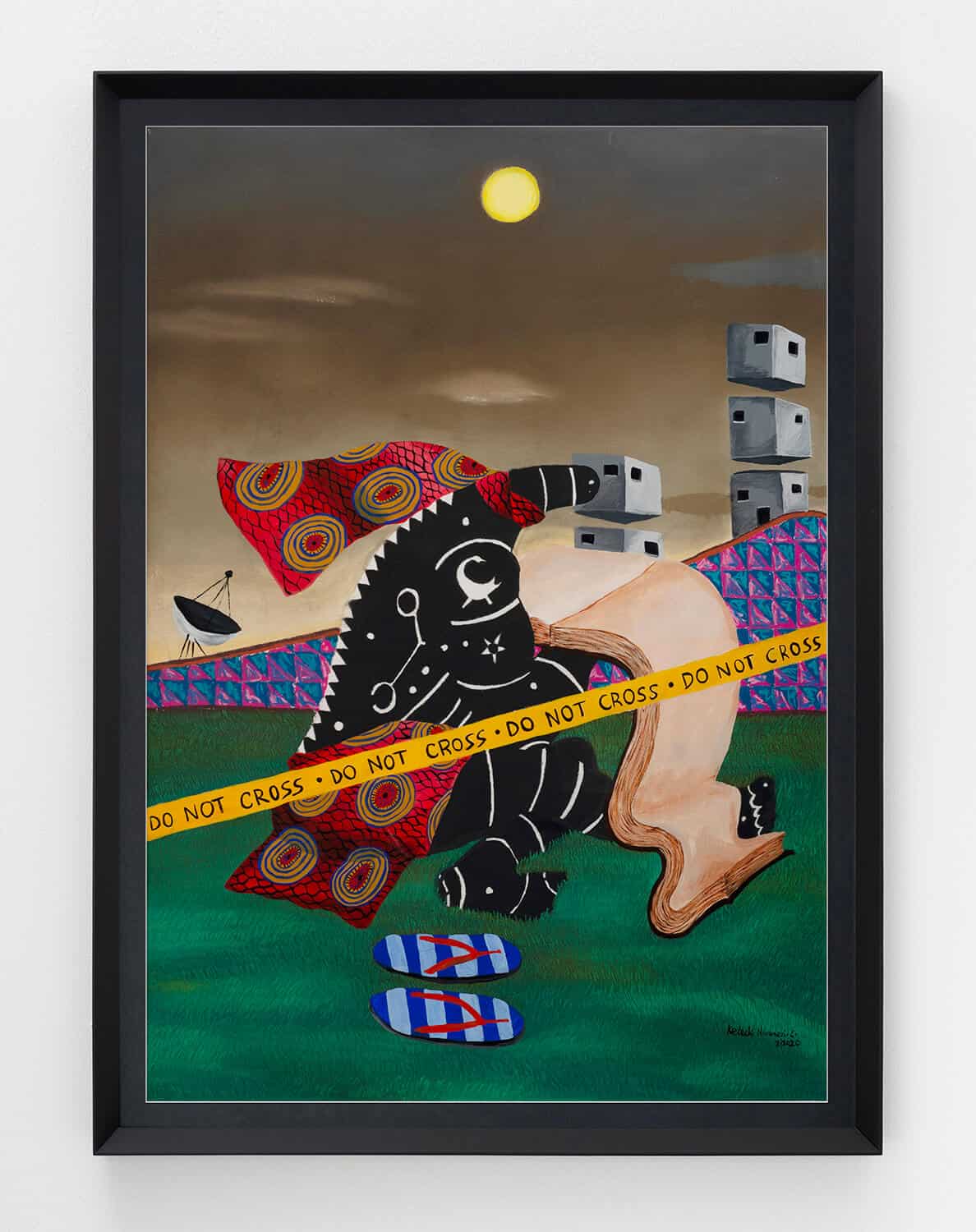
Kelechi Nwaneri, Retreat & Perseverance, 2020. Charcoal, Pastel and Acrylic on Fabriano Paper, 100 x 70cm. Artist selected by Phillipa Duncan Art Consultancy.
The difference between primary and secondary and emerging and established is definitely in play. As Alexandre Errera puts it: “I work mainly in the secondary market with blue-chip art where my clients in Asia have been buying art by viewing jpegs for years, so the shift to digital has not had much of an impact. Seeing and established artist’s work in person becomes less of a factor in the buying decision”. According to Errera, in the Asian context, the pandemic’s impact has also been less traumatic. ‘It is the FIFO principle – first in, first out. Our pandemic in Hong Kong and China was finishing just as it was starting in other parts of the world and, our quarantine conditions were minimal. Art galleries were open and, openings were taking place.’
What about the hype?
For the emerging art sector, increased transparency and circulation of images and prices has been double-edged. While for artists posting artworks online is a natural exercise as part of their promotion, when collectors parade their acquisitions, they can amplify and create speculative markets, distorting and even damage a young artist’s career.
While it is inevitable that some collectors want to share their ‘trophies’ online, it is sure that this act will encourage others to follow suit. Janna Lang, for one, is emphatic: “I do not encourage my collectors to engage in the trend-led market chaos of speculation as this benefits neither the collector nor the artists, but I do encourage my collectors to explore emerging, established and everything in-between. My advice is that you should, and can, buy anything that you understand and love. When spending a certain amount of money on a single work, I would always recommend the artist has a 10-year history of working, exhibiting and a strong institutional program that supports prices. Not all artists are auction artists with public market records! I cannot emphasise this enough. For example, Martin Puryear represented the US at the most recent Venice Biennale. One of the best senior living artists still working.”
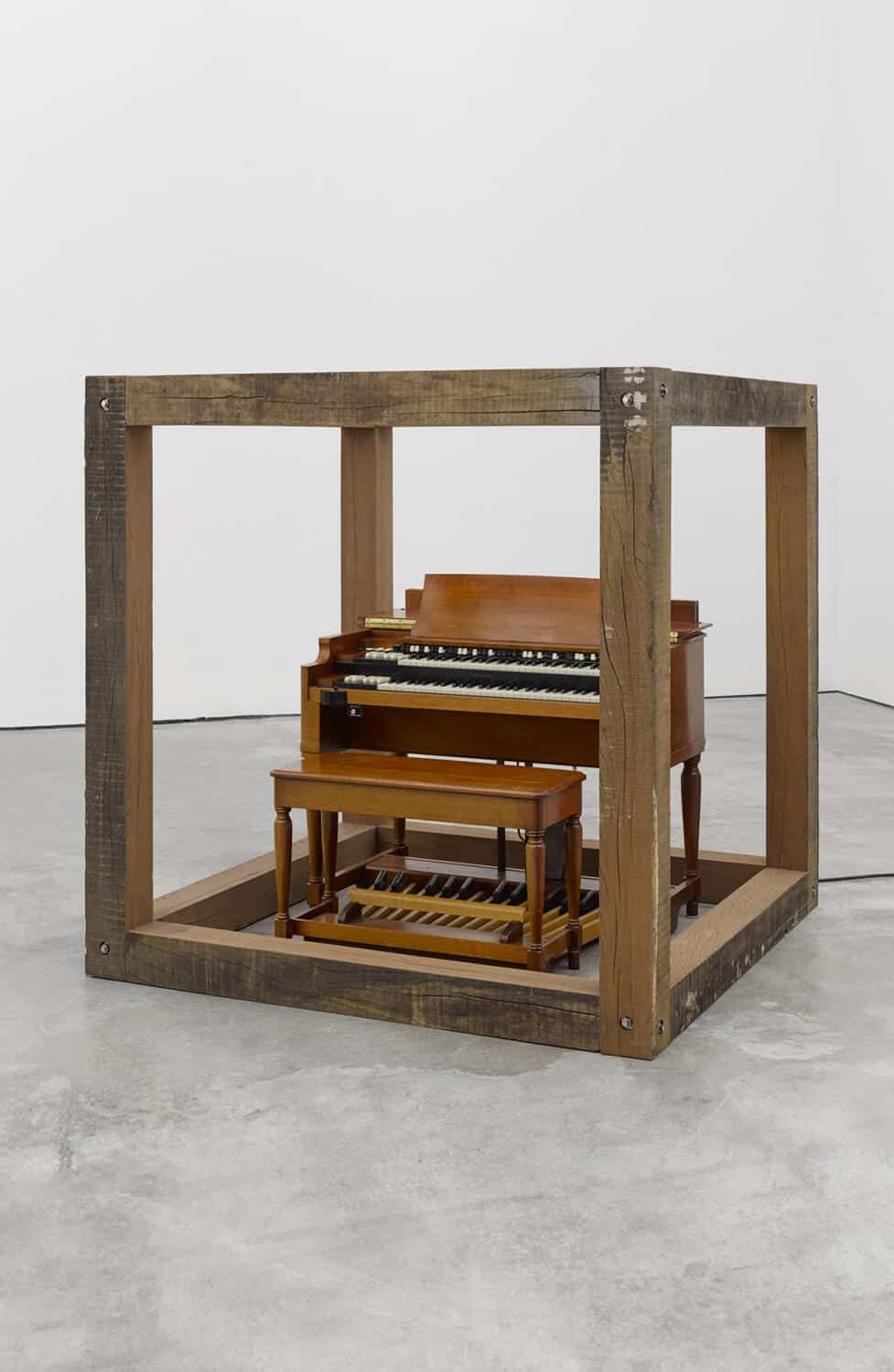
Theaster Gates, Sound Cube, 2019. Azone, Hammond B3 Organ and Leslie Speaker, 182.88 x 182.88 x 182.88cm. Artist selected by Janna Lang from JM Lang Limited.
Painting still reigns supreme in most of my collector’s portfolios, but I have also seen an uptake in the demand for sculpture.
Painting wins again?
Painting has unequivocally taken the lead as the medium of choice in the online context. Although, as Phillippa Duncan puts it: “Painting still reigns supreme in most of my collector’s portfolios, but I have also seen an uptake in demand for sculpture. I have attributed this to the reality that with limitations placed on international travel, collectors have been “forced” to spend more time in their homes. They have spent this time adding personal touches and the placement of objects that resonate, rather than them relying solely on a decorator or designer. Often sculpture is viewed as decorative but has now become increasingly sought after as these collectors seek to put a personal touch to their living spaces.”
Mattia Pozzoni echoes that: “The screen greatly limits the potential of installation and sculptures, for instance, which are more difficult to represent in 2D. But, collectors were mostly buying paintings before the pandemic and will realistically keep on doing so in the future.”
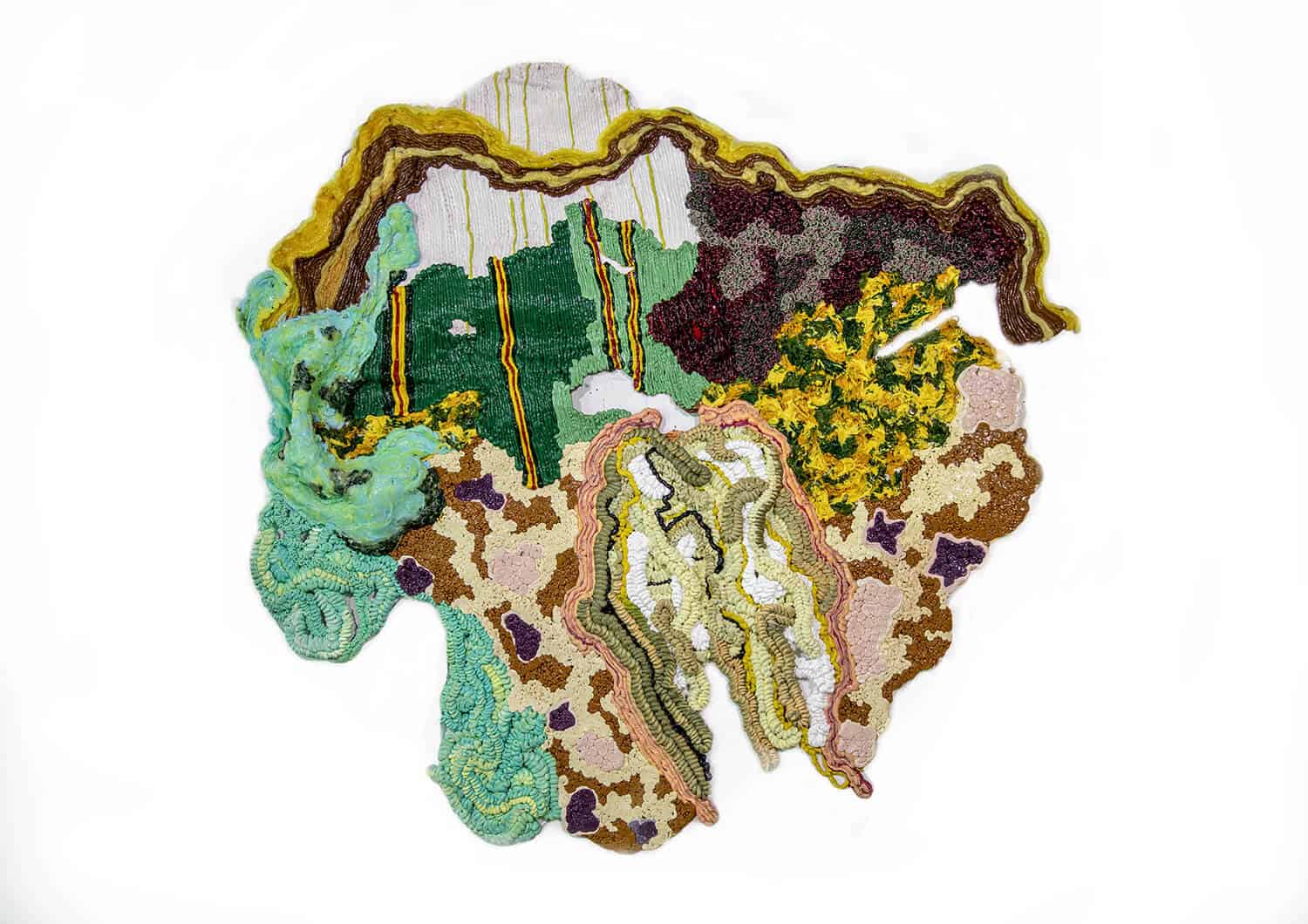
Troy Makaza, Dispatches from Zambesia Part 2, 2021. Silicone infused with pigment, 180 x 166 x 4cm. Artist selected by Kimberley Cunningham from Cunningham Contemporary.
It has become increasingly clear that the screen “loves” some artworks more than others…
Mediating and mitigating
While PR has always played a significant role in the art market, the wide distribution of artwork images has turned the computer screen into a showroom. Online it has become increasingly clear that the screen “loves” some artworks more than others, where specific colours impact more than others and where some mediums translate better than others too. Just as this ‘love’ touches work of quality, it can omit real valuable artworks that require more reflection – they are too subtle – than a small screen image can provide.
This limitation is also one reason for the expanding sphere of mediation for some advisors like Kimberley Cunningham and Ugoma Adegoke. They are creating hybrid exhibition projects that fill in the gaps around navigating the educational aspects of the information overload, which also compensate for the distortions around art reception through screen viewing alone.
Adegoke comments: “I have always run an exclusive private art salon for viewings, showings and consultations. I will always engage in person – for feel, for voice, for emotion, for sight, for all these senses to continue to be exalted and entrenched. The difference in today’s COVID-19 world is that those engagements will become even rarer, less frequent and more exclusive.
“I do believe that we can all have improved engagements. Advisors, collectors and the public alike fusing dynamic screen viewings and experiences (like our new virtual monthly snapshots of my art salon which, I share with clients) and doing our collective best to defend and maintain (as safely as we can) the experiential human and tactile elements of our encounters with art.”
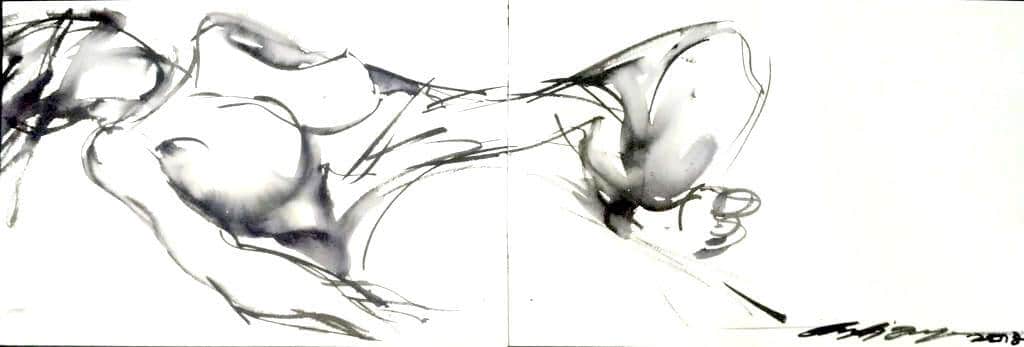
Olu Ajayi, Ecstasy, 2018. Watercolour, ink and brush on paper, 27.94 x 76.2cm. Artist selected by Ugoma Adegoke.
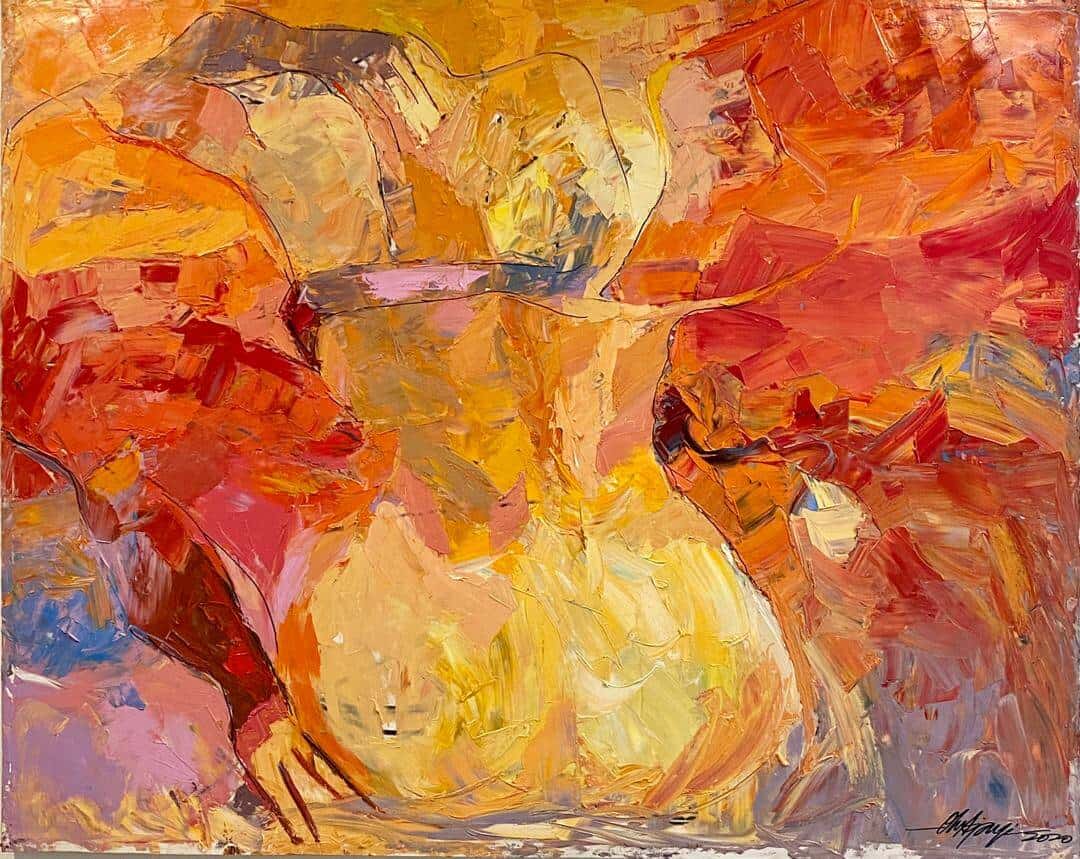
Olu Ajayi, Six Pillows, 2020. Oil on canvas, 121.92 x 152.4cm. Artist selected by Ugoma Adegoke.
Meanwhile, Kimberley Cunningham adds: “Taking a curatorial approach to the advisory, we are working closely with galleries on a new collaborative model of exhibiting, which will operate as a hybrid between both the physical and digital spaces. Instead of physical art fairs, this highly curated concept launching in the first quarter of 2021 will bridge a gap between in real life (IRL) and OVR.”
Offering a range and quality to the virtual engagement has also been a priority for Pozzoni. He says, “I push a lot more on educational aspects and aim to bridge the gap between collectors and art, recreating as much as possible the semblance of what used to be the IRL experience. For this, we organised virtual studio visits, virtual gallery visits, virtual art fair walkthroughs”
The risk of the new?
For African contemporary art, – emerging and new are often the default settings in engaging with the international market. How has the virtual impacted the introduction of new works by new artists?
According to Duncan: “I have experienced an increased receptiveness to new artists with my collectors. I believe that the uncertainty and limitations of this past year lowered collectors “fear” of the new and that they are willing to take certain risks as far as this goes. That risk-taking does, however, come with a financial ceiling!”
Pozzoni agrees that with new artists: “Obviously seeing works in the flesh is more complicated, but below a certain value, collectors would confidently buy from a JPG, and that happened even before the latest turn of events.”
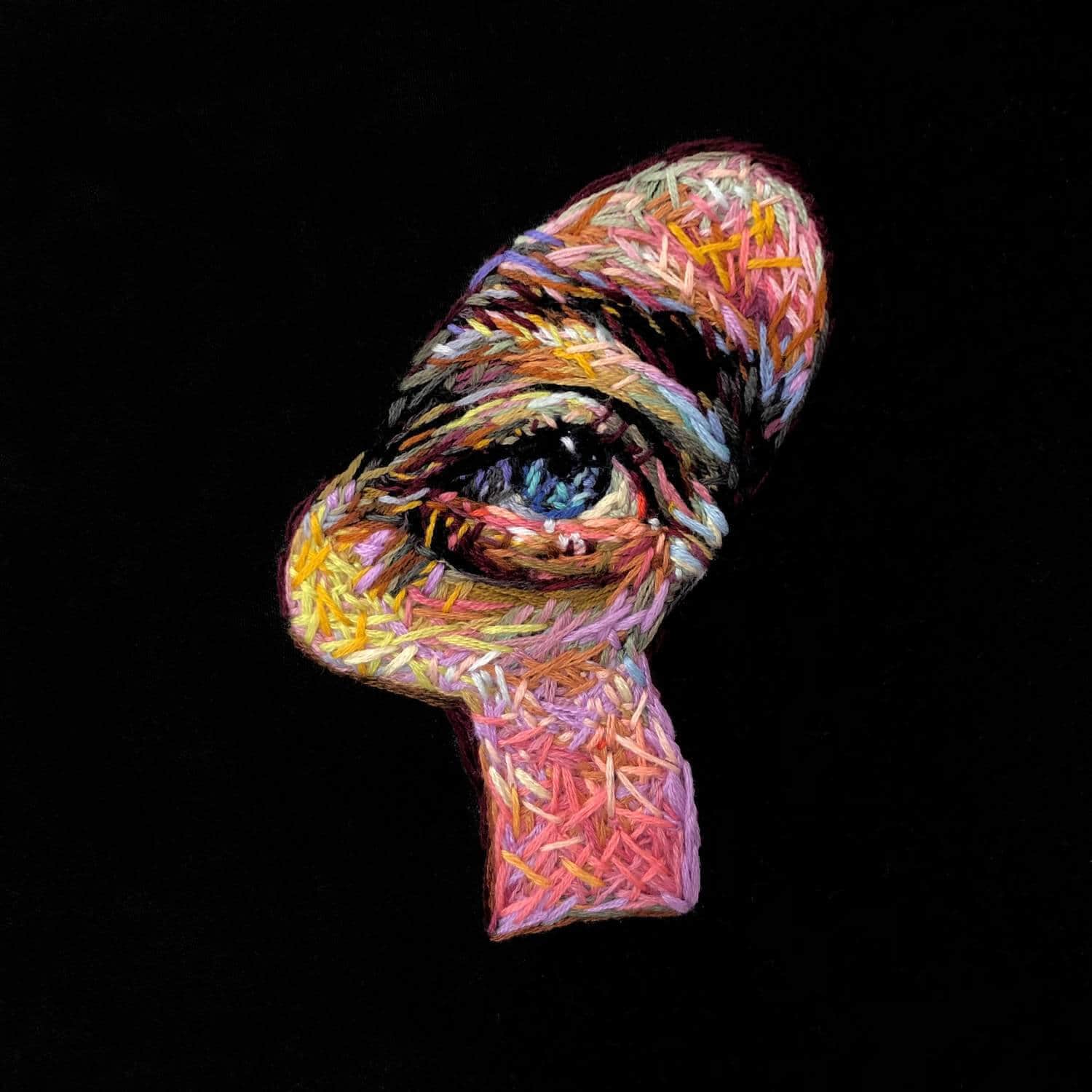
Lydia Pettit, Hiding/Seeking, 2020. Embroidery on Tencel, 22 x 22cm. Artist selected by Mattia Pozzoni Art Advisory.
Africa in context
Contemporary art from Africa is perhaps still seen as a bit of a novelty, only gaining considerable international traction now. Just as Africa leapfrogged the fixed-line communication networks with the introduction to the continent of cellphones – innovation in digital platforms, communication, and online banking in Africa will help the African contemporary art market leapfrog historical challenges – to be a significant player in the global art scene.
With a small base currently, a good strategy, digital skills and great insights, the oversized external market is an excellent opportunity for African artists and advisors alike.
In this context, understanding the intricacies of the paradigm shift to online is crucial for artists, galleries and collectors too. Wide-reaching and information-rich as it might be, online is, in many ways, a limited panacea. The internet remains a tool, and the need to recognise and understand the sometimes subtle but genuine differences between digital images, online commerce, market-building and long term career development remains critical as the engagement with art live, and direct grows. The new market conditions have also underscored the imperative to develop strong and supportive domestic markets conditions. They will remain foundational beyond the pandemic – together with a strengthening of networks and support and collaboration among peers and experts globally.



